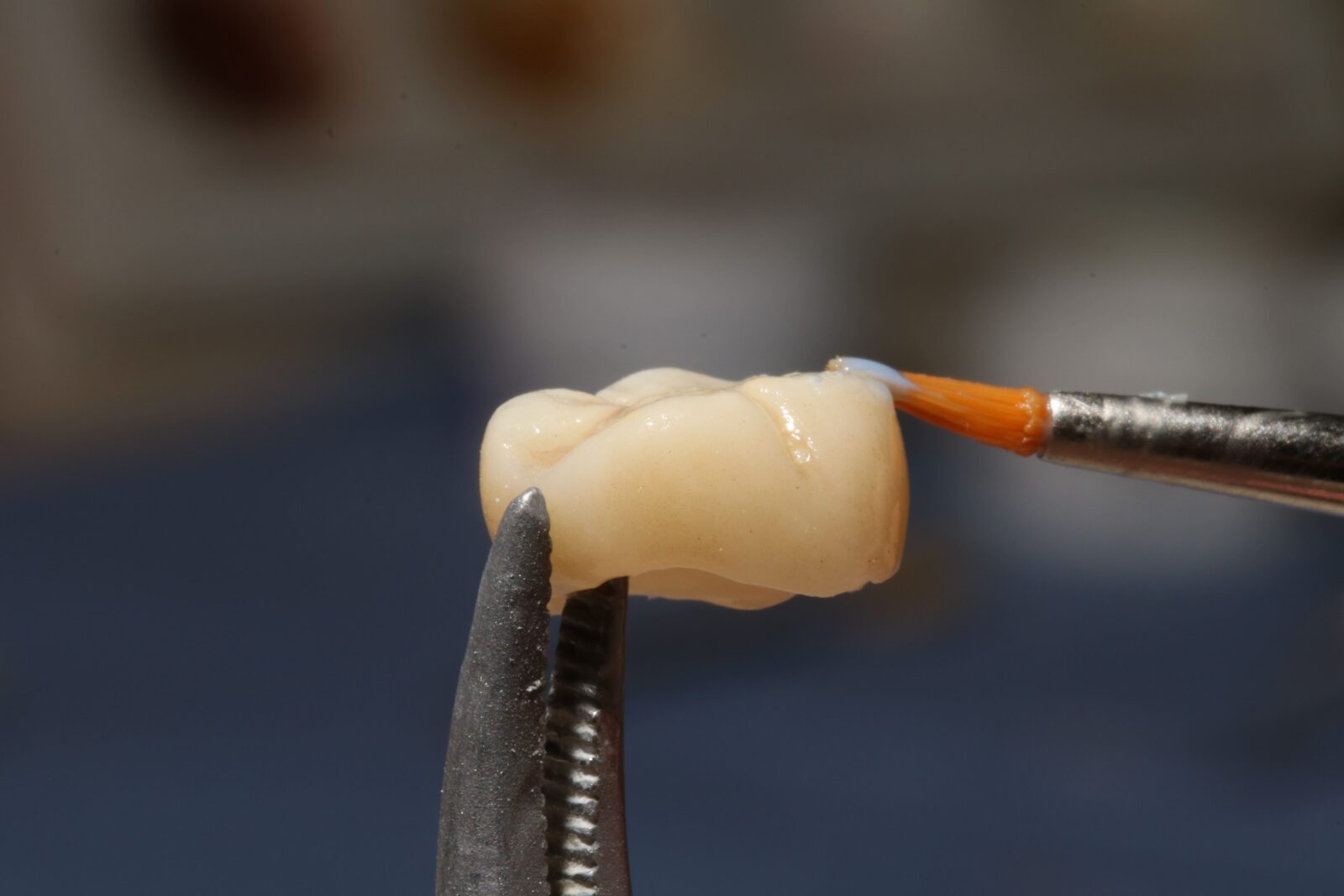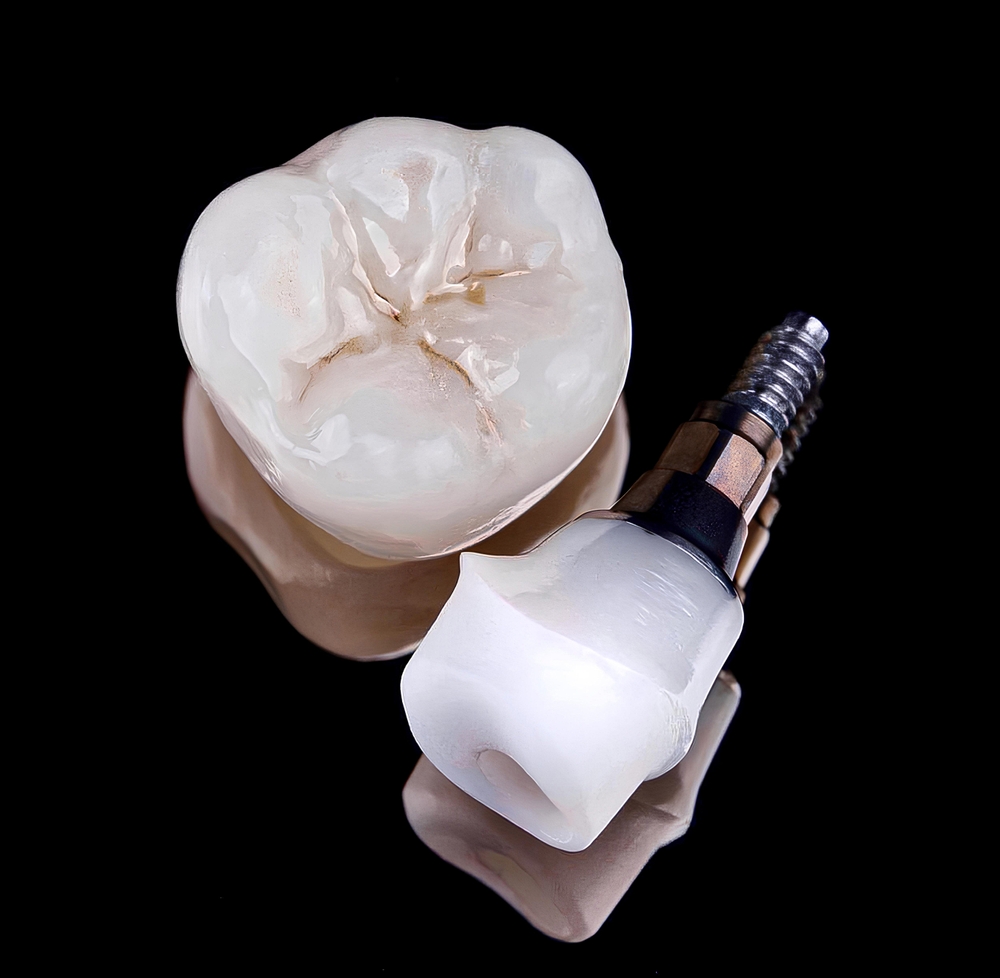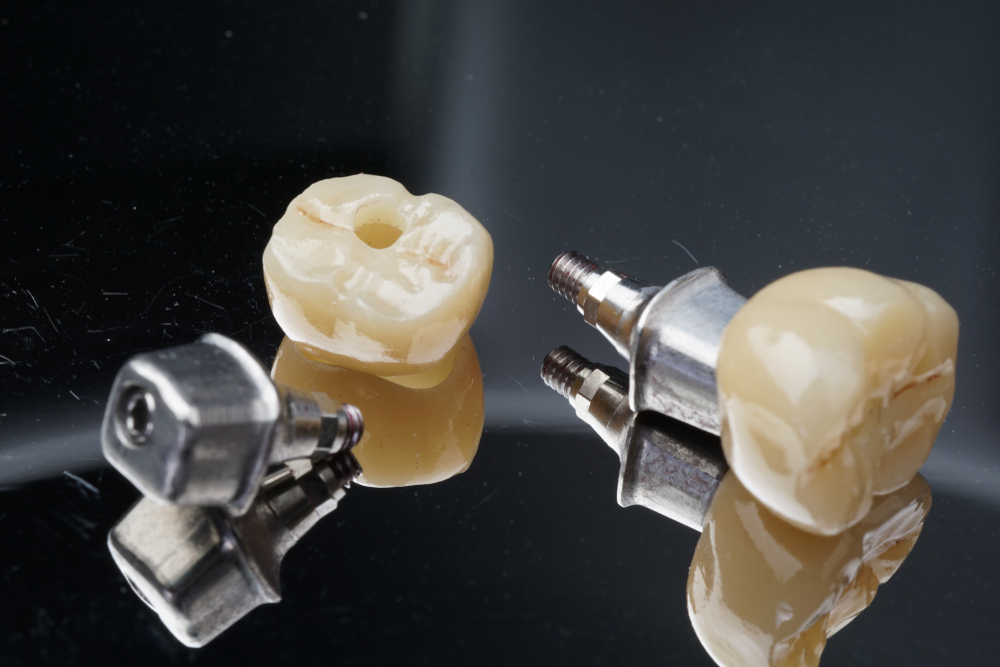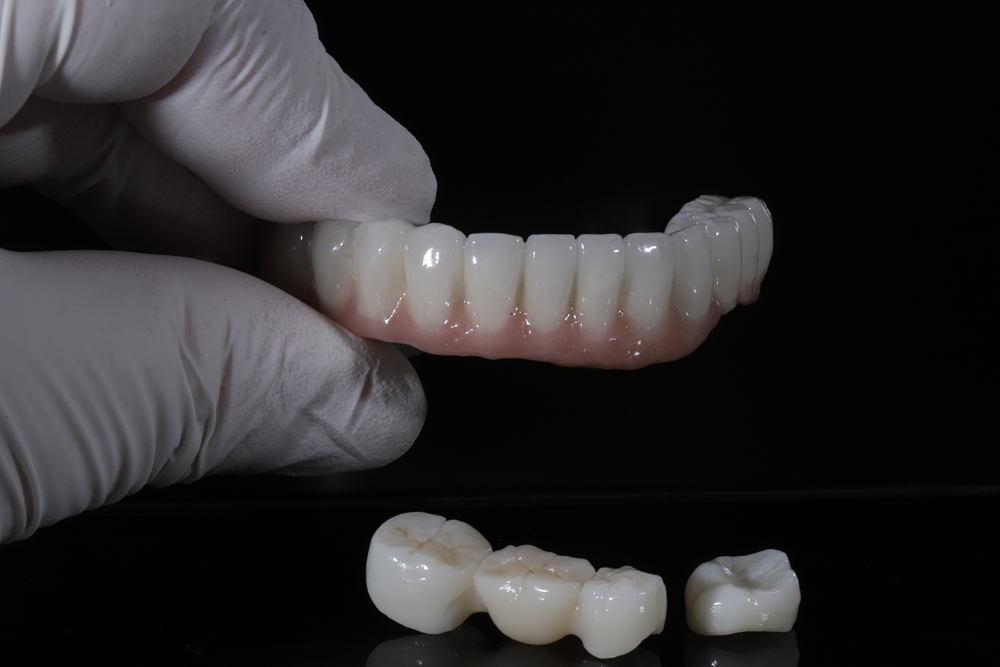The pursuit of a perfect smile often leads us to the intricacies of dental aesthetics, where even the smallest detail can make a significant difference. Among these details, the use of dental dyes and stains stands out as a crucial element in achieving the natural appearance of dental restorations. These colorants are vital in mimicking the subtleties of natural teeth, ensuring that restorations such as crowns, veneers, and fillings blend seamlessly with the patient’s existing dentition. This blog post delves into the world of dental dyes and stains, exploring their definitions, types, and the pivotal role they play in dental restorations. By understanding these tools, dental professionals can master the art of color matching and create restorations that not only function perfectly but also look indistinguishable from natural teeth.
Understanding Dental Dyes and Stains
Dental dyes and stains are colorants used in dentistry to replicate the natural color variations of teeth. While both serve to alter color, dyes are typically used to change the base color of dental materials, and stains are applied to the surface to create depth and mimic natural tooth characteristics. Dyes are often used in the fabrication process of dental materials, integrating color throughout the material. Stains, on the other hand, are applied to the surface of restorations to add final touches that enhance realism.
The Role of Dyes and Stains in Dental Restorations
In dental restorations, dyes and stains are not merely about aesthetics; they are essential for creating restorations that look natural and harmonious with the surrounding teeth. They allow for the customization of color to match the patient’s natural teeth, ensuring that the restoration does not stand out as artificial. For instance, in the case of ceramic crowns or veneers, stains can be used to add subtle color changes that mimic natural tooth enamel’s translucency and depth.
These colorants are used across various dental restorations, including crowns, veneers, dentures, and composite fillings. In each application, the goal is to achieve a restoration that is aesthetically pleasing and indistinguishable from natural teeth. The skillful use of dyes and stains plays a significant role in the success of these restorative procedures, affecting the final appearance and patient satisfaction.
Materials Used in Dental Restorations
The interaction of dyes and stains with dental restoration materials is a critical aspect of achieving the desired aesthetic effect. Common materials used in dental restorations include ceramics and composite resins, each with unique properties that influence how they accept color.
Ceramics are popular for their durability and aesthetic qualities, closely resembling the appearance of natural tooth enamel. They are usually stained before firing in a kiln, which allows the stain to bond with the ceramic and create a natural-looking color gradient. Composite resins, on the other hand, are typically colored during the manufacturing process but can be further adjusted with surface stains to fine-tune the color match and mimic natural tooth characteristics such as translucency and fluorescence.
Different materials require specific staining techniques to achieve the best results. For example, the glazing process in ceramics not only adds a final color touch but also creates a smooth and reflective surface that mimics the natural gloss of tooth enamel. Understanding the properties of these materials and how they interact with dyes and stains is essential for dental professionals to create restorations that are both functional and aesthetically pleasing.
Application Techniques for Dyes and Stains
The application of dyes and stains in dental restorations is a meticulous process that requires precision and artistic skill. Initially, the dental professional selects the appropriate shades and colors to match the patient’s natural teeth. This involves using a shade guide to determine the base color and then customizing the shade with dyes and stains to achieve the exact match.
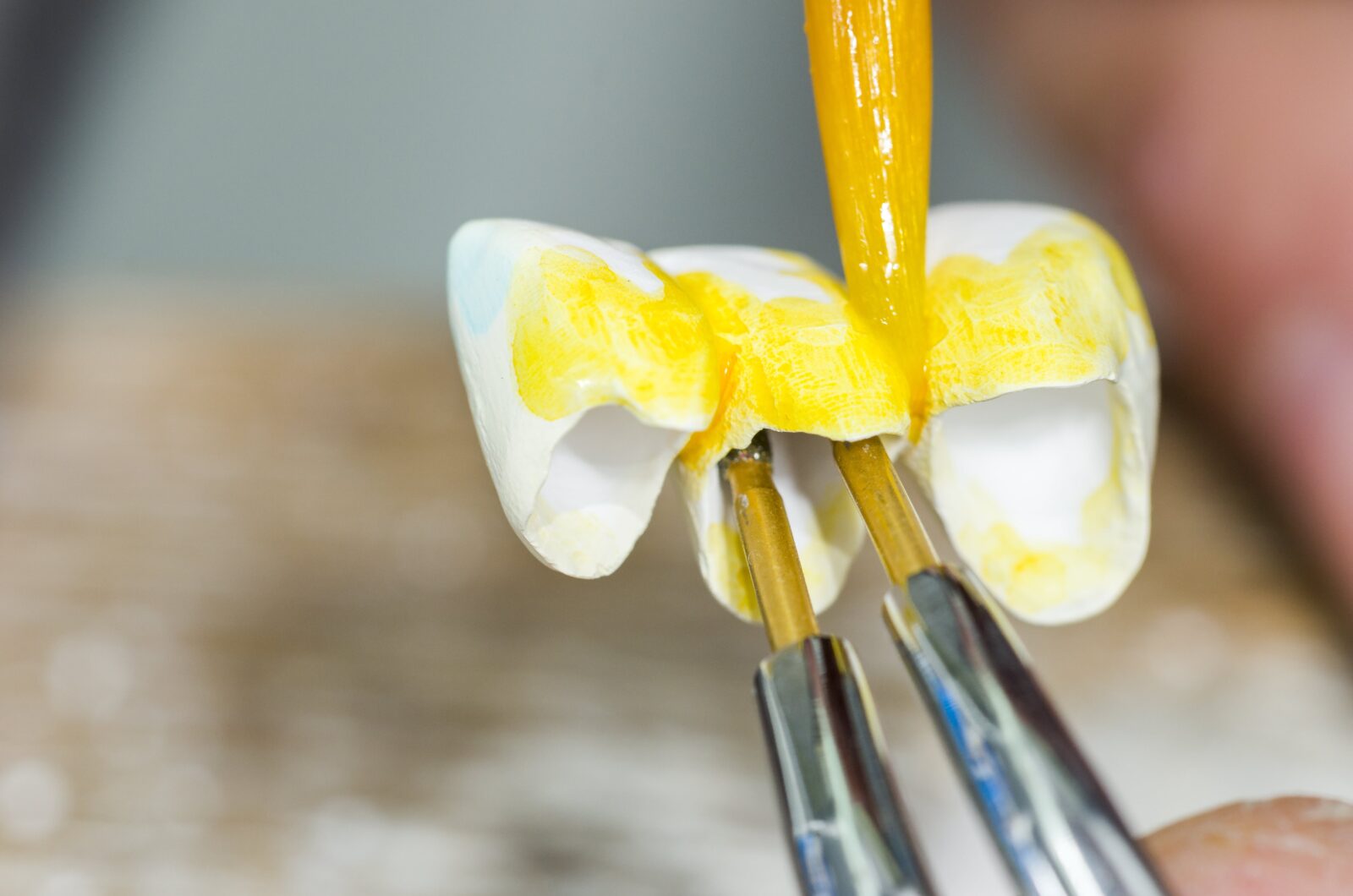
The application process may vary depending on the material and the type of restoration. For ceramics, stains are often applied in layers before the final firing in the kiln, allowing the colors to fuse into the material and create depth. For composite resins, the staining is typically done after the material has cured, with the surface stains applied to replicate natural tooth characteristics like translucency and surface texture.
Dental technicians use a variety of tools, such as brushes, sponges, and airbrushes, to apply these colorants, carefully mimicking the natural color variations and patterns seen in tooth enamel. This layering and blending technique is crucial for achieving a restoration that looks natural and integrates seamlessly with the surrounding teeth.
Conclusion
In conclusion, dental dyes and stains play a pivotal role in the field of dental restorations, bridging the gap between functionality and aesthetics. They are essential tools in achieving restorations that not only fit perfectly but also match the natural appearance of the patient’s teeth, enhancing the overall visual harmony of the smile. The intricate process of selecting and applying these colorants demands a blend of scientific understanding and artistic finesse, underscoring the importance of skilled dental professionals in this domain. As technology advances, the potential for even more precise and lifelike restorations continues to grow, promising a future where dental restorations are indistinguishable from natural teeth. For patients seeking dental restorations, understanding the role of dyes and stains can provide insight into the process and the importance of choosing experienced dental professionals to achieve the best aesthetic and functional results.

